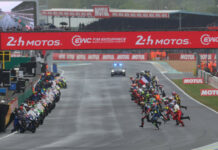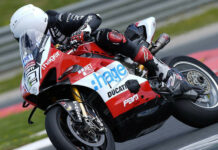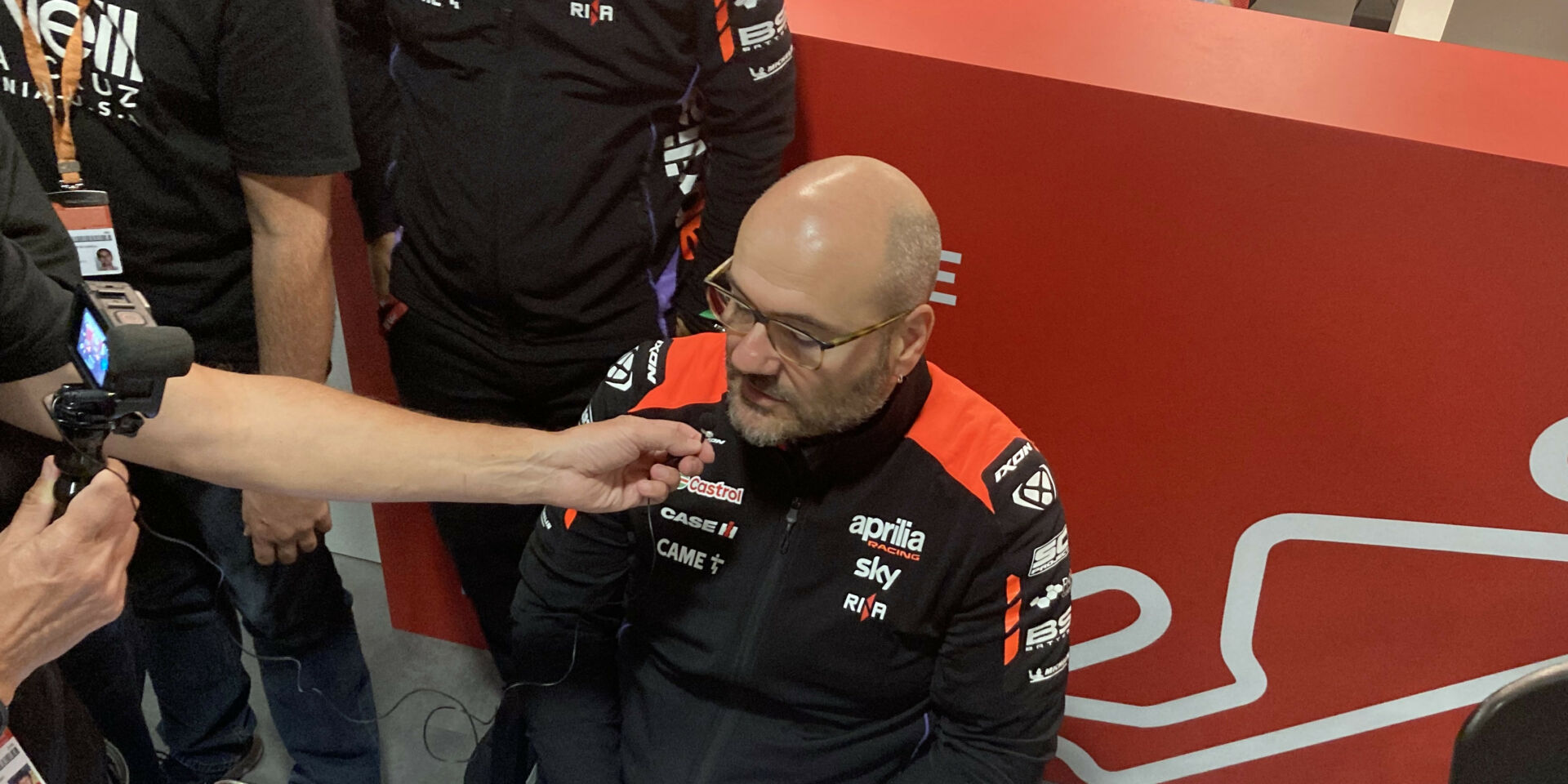Fabiano Sterlacchini spent nearly two decades helping develop the technology of the all-dominant Ducati Desmosedici Grand Prix racebikes. KTM poached him from Ducati in 2021, but negotiations to retain him fell apart in the middle of 2024. Having lost its technical director, Romano Albesiano, to Honda, Aprilia swooped in to sign the free agent. This means Aprilia will go into 2025 with a factory rider lineup of a pair of race-winning Ducati expats – World Champion Jorge Martin and Marco Bezzecchi – and with a technical director who played a key role in developing the machines they rode to victories and the title.

After starting to settle in to his new digs, Sterlacchini met briefly with members of the motosports media corps after the first post-season test concluded in Barcelona. He was forthcoming about the task ahead and spoke about what he knew and had learned, as well as what he didn’t yet know. Jumping in and making accurate, insightful assessments into something as complicated as a factory MotoGP effort after a few hours – Sterlacchini said that was something beyond the capabilities of a mere human.
“Personally, I don’t think that is possible. You don’t need a person who is good, you need God to in a short time understand everything,” he said. “To be honest, in some aspects, it’s starting to become a bit more clear, less blurred, picture. But as I said, it is absolutely premature to draw any conclusions at the moment.”

Sterlacchini said it wasn’t enough to simply focus on the RS-GP, but on the way that the team goes about doing its business on race weekend as well. In the past two seasons, the Aprilia MotoGP racebike has shown that under the right circumstances it is as fast – or faster than – anything else on the track. But the RS-GP’s performance, and the performance of its riders, has been dramatically inconsistent, and the team has been plagued by mechanical failures as well. Miguel Oliveira, who is leaving the satellite Aprilia Trackhouse Racing team to join Pramac Yamaha, said in a recent public appearance that his RS-GP suffered a short circuit in the CPU during practice in Indonesia that cut all traction control systems on the bike, throwing him to the ground and leaving him with a broken wrist.
“You have to reach the perfection of all the systems, no? It doesn’t mean that you have to improve just the bike, but also in the way you are leading the rider to perform in the proper way during the weekend. Like you are aligning the planets,” Sterlacchini said. “So you have to understand what the plan is for the engine brake, then the traction control, then the way you are using the bike in some corners, making the pick-up – this is a sort of process. Clearly the performance of the Aprilia is quite good. Obviously, it is not enough. All of us are here for just one position (to win), no? So we keep working to try to arrive to the spot.”
Getting to know everyone in the racing department, know what they do, and understand how they work together is not the accomplishment of a day or a week, he said.
“I think a reasonable time would be four to eight months. This doesn’t mean we didn’t start to work until that moment. But until the meantime, to have an overall quite clear picture, that is the window of time,” Sterlacchini said.
“The difficulty of our job in general, as a company, not just my job, because I am a piece of the puzzle, is not that you have a new rider, he’s a rookie, not a rookie, it’s the fact that you are challenging 18 other people in the world. It’s a big challenge. It’s the ultimate level, no? You have to optimize (everything).

“I think the fact that we have Jorge (Martin) that is coming from the world-title bike – and he’s a world-title rider – is a big opportunity, no? Because we have a reference. We can understand clearly more where we have to concentrate the most. He’s a mixture between a Champion and a leader. It’s astonishing the way he is approaching the job. It’s really good.”
Finally, Sterlacchini reminded reporters that it’s not just about how the bike is built, but how it is set up. The best bike in the world will lose, every time, if the suspension settings are off, the team has chosen the wrong tires, etc. MotoGP machines are incredibly complicated interactions of hydraulic, electronic, mechanical and aerodynamic systems, and setting all of them up to find the optimal interaction between them is a challenge in its own right.
“At the end, there are pro and cons between the (Aprilia RS-GP and the Ducati) project Martin rode this season. The bike has been developed, for sure, but the settings have been developed over several years. So I think it is premature to say an aspect is good in Ducati rather than Aprilia. And to be honest, I think we never have to look in the past, but we have to analyze in the present what we need in the future. So that is the mission.”







